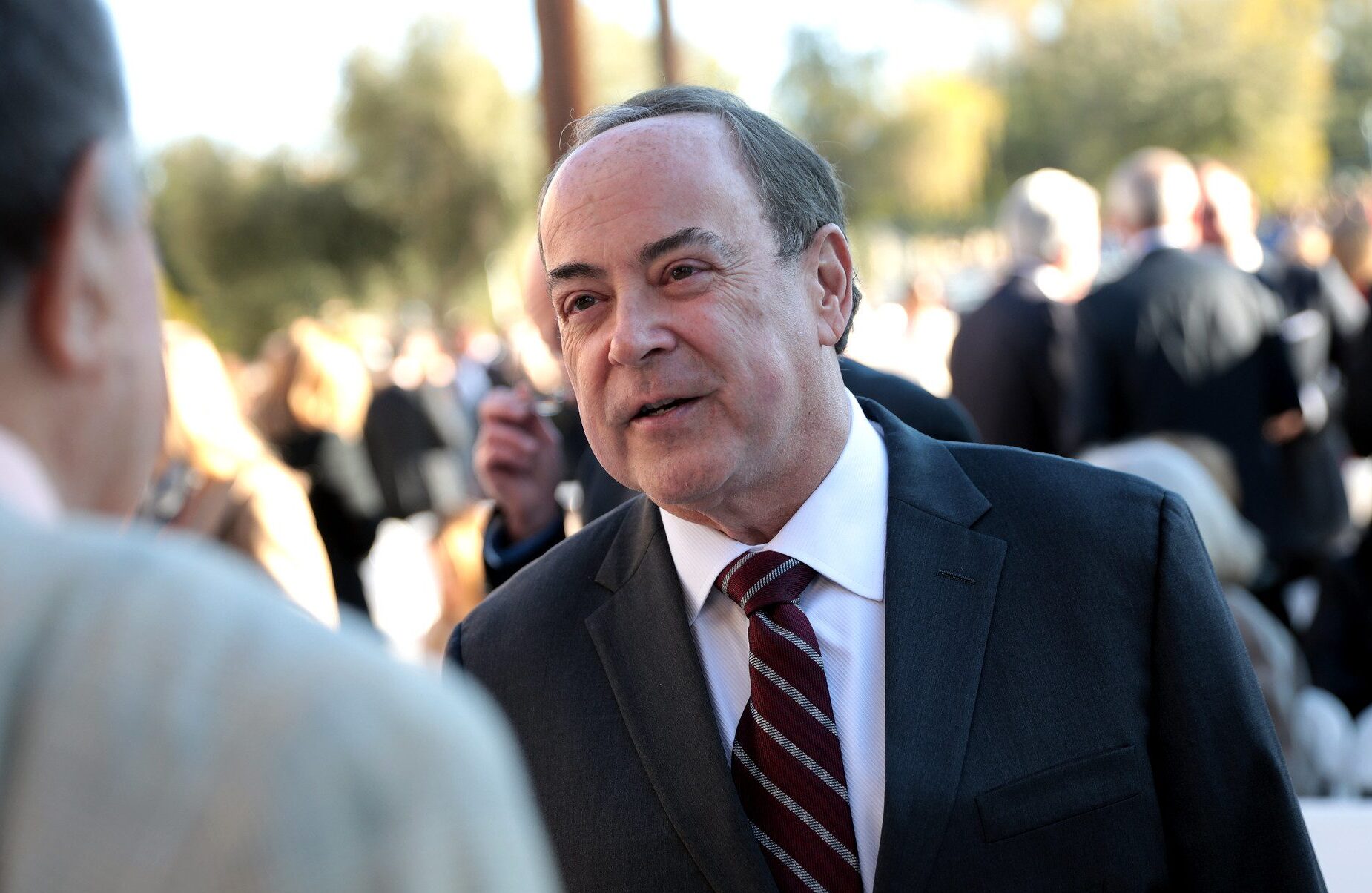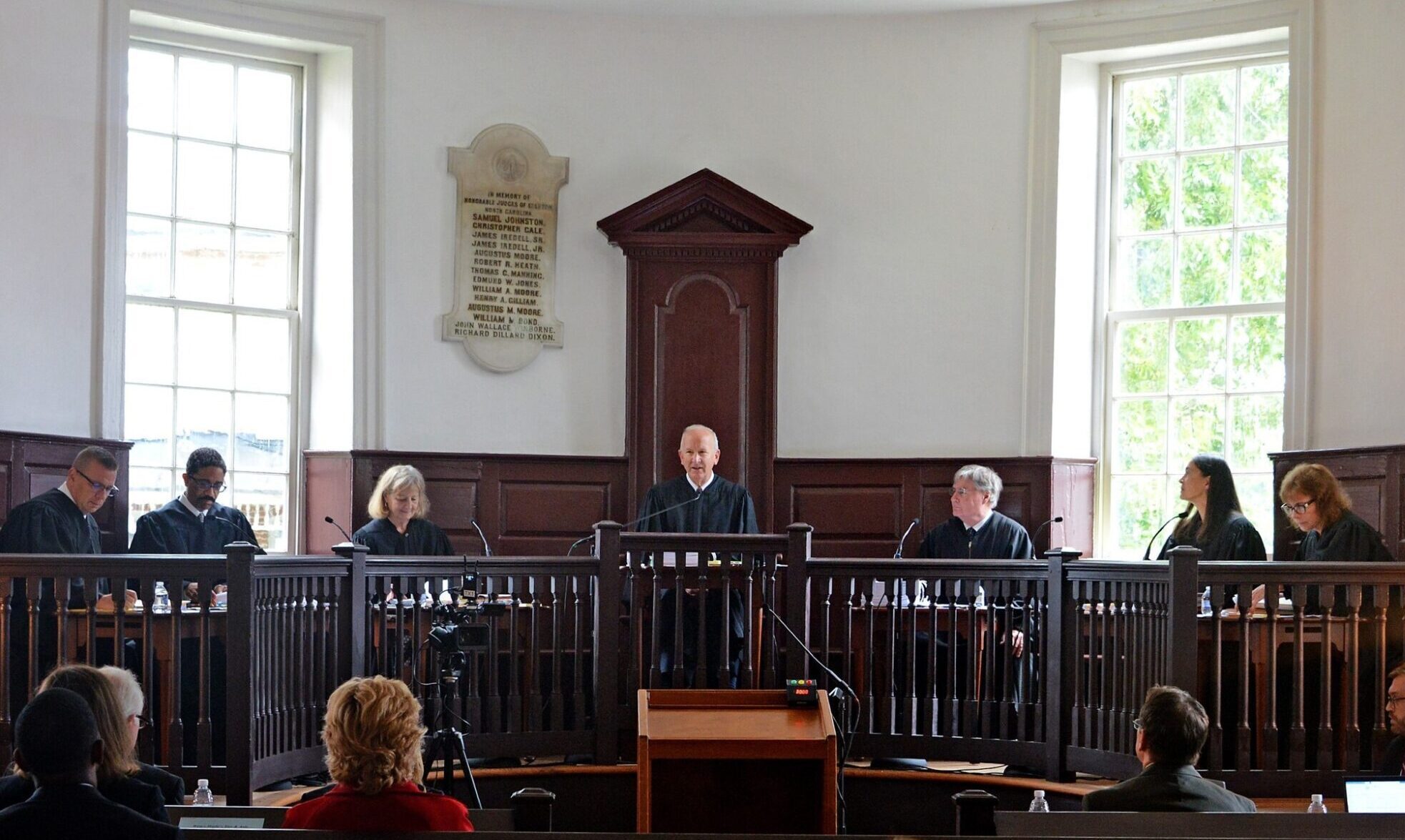How Supreme Court Elections Set the Stage for Coming Battles, from Voting to Abortion
More than before, progressives working to protect people’s rights will need state supreme courts to be hospitable to lawsuits that are increasingly dead on arrival at the federal level.
| November 14, 2024
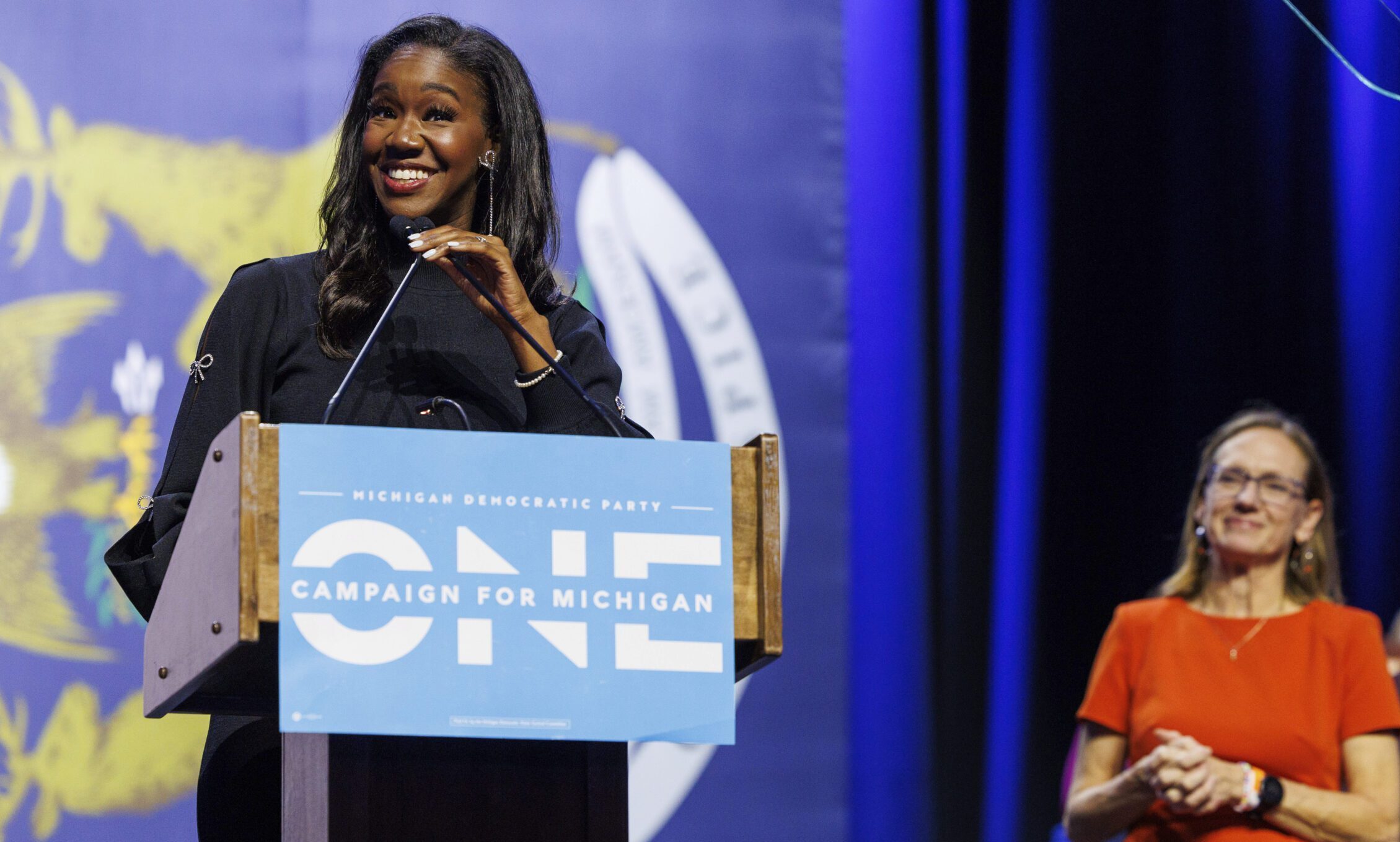
After securing a majority on the North Carolina Supreme Court in 2022, Republican justices promptly overturned a ruling that had struck down GOP gerrymanders, paving the way for their party’s lawmakers to draw a new map designed to hand them several congressional districts. By then, Democrats already had no recourse outside of state courts: This U.S. Supreme Court has shut the door on complaints of partisan gerrymandering proceeding in federal courts.
The maneuver paid off last week. The GOP flipped three U.S. House seats, a windfall in light of that chamber’s tiny overall margin.
This sequence of events, besides illustrating the potential ramifications of state judicial elections, also captures the predicament that progressive lawyers find themselves in after Donald Trump’s victory, which cements conservatives’ stronghold on federal courts for the foreseeable future. More than before, progressives working to protect people’s rights will need state supreme courts to be hospitable to lawsuits that are increasingly dead on arrival at the federal level. They’ll have a shrinking range of options in states where conservatives have locked in a right-wing court.
The outcome of dozens of supreme court races last week set the stage for how critical legal battles from abortion rights to gerrymandering could play out in state courts across the country. And the results were mixed, with plenty for both liberals and conservatives to celebrate.
On one side, Democrats expanded their majority on Michigan’s supreme court. In Kentucky, a candidate who ran with the backing of Democrats flipped a seat held by a retiring conservative justice. In Mississippi, a conservative justice endorsed by the state GOP suffered a shock defeat. Montanans maintained a liberal lean on their court, likely keeping it a thorn on the side of GOP leaders. And Governor Tim Walz’s appointees prevailed in Minnesota.
Republicans, meanwhile, expanded their majority on the supreme court in Ohio, leaving Democrats with just one seat, and they may do the same in North Carolina, pending final results. Conservative justices in Arizona survived a campaign to oust them over their decision to revive a long-buried abortion ban. Texas’ high courts jumped further to the right even if their partisan composition—all GOP judges—didn’t change. The elections are also likely to embolden conservatives in Arkansas and Oklahoma.
Bolts walks you through each supreme court race that took place last week, state by state:
Alabama
Justice Sarah Stewart, a Republican, easily prevailed over her Democratic opponent to become Alabama’s chief justice. Her win keeps the state supreme court all-GOP, and largely unchanged from the court that ruled in February that frozen embryos are children, endangering IVF treatments; Stewart joined the majority in that decision.
Chris McCool, a Republican appeals court judge, won the race to replace Stewart as an associate justice. (He faced no opponent.) McCool, like the rest of Alabama’s judicial candidates, dodged questions about the court’s IVF ruling during the campaign.
Alaska
Voters retained Justices Dario Borghesan and Jennifer Henderson, a result well in line with the state’s political history: No Alaska justice has lost a retention race since 1962. There have been some conservative efforts to reshape the court over dissatisfaction with its rulings on abortion, but neither Borghesan or Henderson has ruled on the issue since joining the court.
Arizona
Progressives mounted an unusually vigorous effort to oust Clint Bolick and Kathryn King, two conservative justices who voted to revive a near-total abortion ban this spring. But no Arizona justice has ever lost one of these up-or-down retention elections, and voters kept up that record this fall: Bolick and King secured new terms with 58 and 59 percent of the vote, respectively.
Meanwhile, Republicans failed in their effort to end judicial elections in the state. Prop 137 would have handed supreme court justices a permanent appointment until they hit the mandatory retirement age, effectively freezing the conservative court in place, but voters rejected it by an overwhelming majority of 77 to 23 percent.
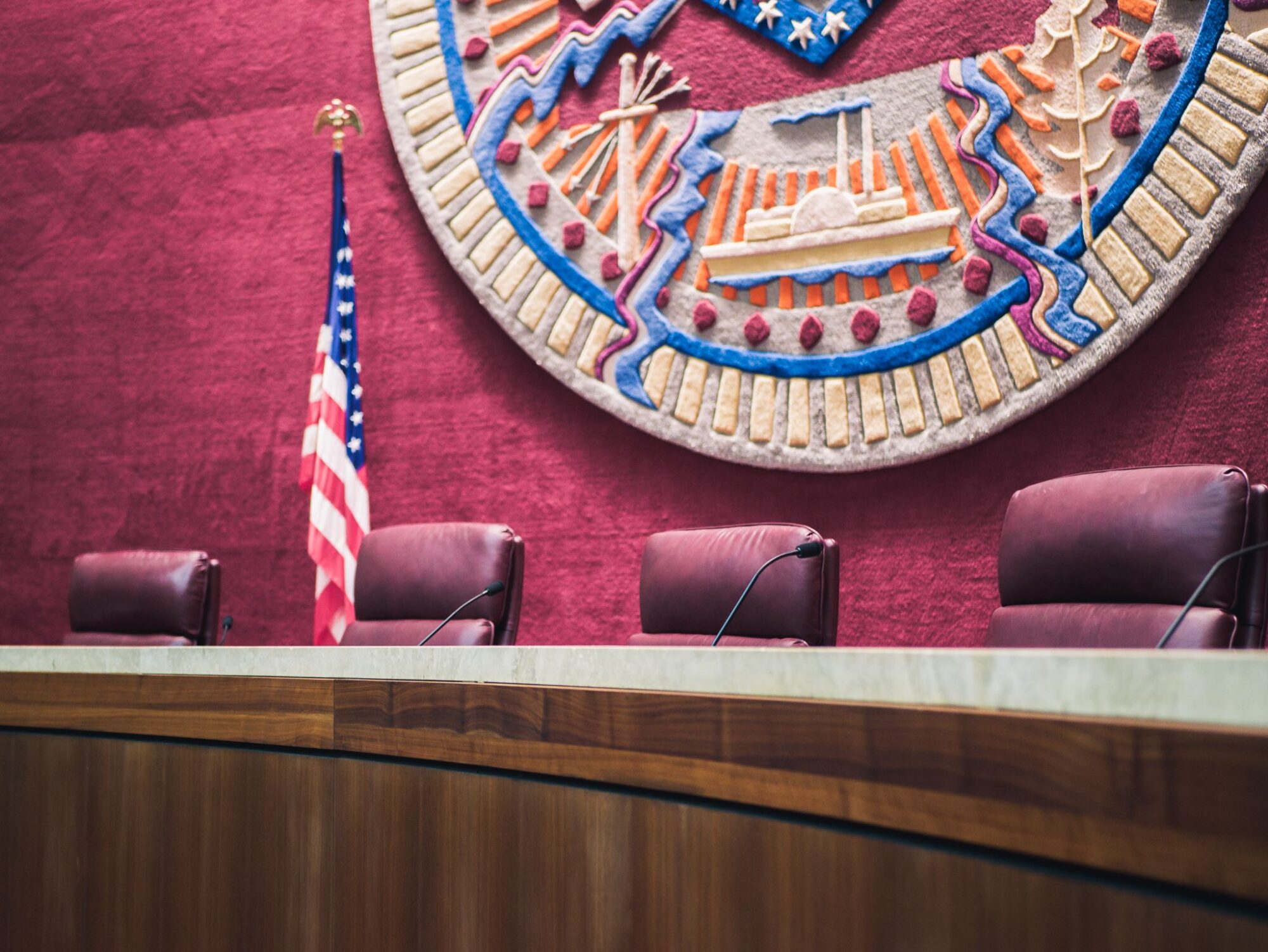
Arkansas
When the Arkansas Supreme Court knocked an abortion rights measure off the ballot in August on a 4-3 vote, Justice Rhonda Wood wrote the majority opinion, while Justice Karen Baker dissented. “Why are the respondents and the majority determined to keep this particular vote from the people?” said Baker, a justice with a moderate reputation.
Three months later, on Election Day, Baker beat Wood in the race for chief justice. This promotion will give her more influence over the Arkansas judiciary since the chief justice supervises state courts and names court administrators.
And yet it’s conservatives who stand to gain ground on the court after this election, despite moderate judges winning both seats in contention. This is due to the fact that several justices played an odd game of musical chairs this year, running for seats other than their own. Besides Baker and Wood, Justice Courtney Hudson successfully ran to change seats earlier this year to circumvent the state’s mandatory retirement rules by a few extra years.
Baker and Hudson’s victories have now created two vacancies that GOP Governor Sarah Huckabee Sanders, a staunch conservative, will get to fill. This is expected to increase the conservative bloc on this seven-member court from four to five justices. (Importantly, the state constitution bars an appointed justice from seeking a full term, so both of these seats will be on the ballot without an incumbent in 2026.)
Colorado
The Colorado Supreme Court’s short-lived decision to bar Trump from the ballot grabbed international headlines last year. But it didn’t make waves at the ballot box this fall. Faced with a minor conservative effort to target her, Justice Monica Márquez, who sided with the majority in that decision, prevailed with 64 percent of the vote in an up-or-down retention vote.
Two justices who dissented in that ruling prevailed with similar numbers: 67 percent for Maria Berkenkotter and 63 percent for Brian Boatright. And while there is some geographic variation in the results, it’s not very pronounced; Márquez did better in blue Denver than in El Paso and Weld counties, large conservative bastions, but she received a majority in the latter as well.
Florida
No justice has ever lost a retention election in Florida, and no history was made in 2024. More than 62 percent of Floridians voted to keep Justices Renetha Francis and Meredith Sasso in an up-or-down vote. Francis and Sasso were appointed to the court by Republican Governor Ron DeSantis over the last two years, and they’ve quickly made their mark as conservatives even by the standards of this right-wing court.
Idaho
Chief Justice Richard Bevan, a former Republican prosecutor who was appointed to the court by Governor Butch Otter, was unopposed as he ran for a new term. Anticipating his reelection, his colleagues this fall chose to keep him as their chief for an additional six years.
Illinois
Democrats will retain a 5-to-2 majority on the Illinois Supreme Court after an uneventful general election.
Democratic Justice Joy Cunningham ran unopposed in the first district, which encompasses Cook County; Republican Justice Lisa Holder White ran unopposed in the fourth district, located in western Illinois.
Indiana
The three justices who faced up-or-down retention votes easily passed the test, each with roughly 70 percent of the vote.
Iowa
Justice David May was facing voters for the first time since his 2022 appointment by Republican Governor Kim Reynolds. This summer, he joined a narrow majority of the court to lift an injunction against the state’s abortion ban, but there was no organized effort to defeat him this fall. He prevailed 63 to 37 percent in an up-or-down retention election.
Kentucky
Liberals gained ground on the Kentucky supreme court. Pamela Goodwine, a state judge who ran with Democratic support, easily won a supreme court race over an opponent aligned with Republicans. She will replace a conservative justice who is retiring.
With conservatives already frustrated that this court was too moderate, last week’s result comes on the heels of another defeat in the 2022 midterms, when an anti-abortion lawmaker failed in his effort to oust a Democratic-appointed justice.
Goodwine will be the first Black woman on the Kentucky supreme court.
“As we look to our state courts to protect certain civil liberties because our federal courts are becoming far less hospitable, we’re always happy to see this court at least remain an option for litigation, and are certainly pleased to see the Kentucky Supreme Court become more representative of the population it serves,” said Corey Shapiro, legal director at the ACLU of Kentucky. Shapiro also cautioned that this court tends to be less starkly polarized than those in some other states, making it tricky to predict how justices will come down on any one case.
Louisiana
The state this year drew a new map for its judicial districts, for the first time since 1997. The long-overdue redistricting created a second majority-Black district as many justices had demanded. Republican Justice Scott Crichton retired from the court, and he will be replaced by John Guidry, a Black Democrat who ran unopposed for this new district.
Maryland
Voters easily retained three justices in up-or-down retention votes. This fits Maryland voters’ usual approach to judicial elections: All of the court’s current members have won retention races with at least 75 percent of the vote.
Michigan
Democrats expanded their majority on this supreme court last week. They swept both seats on the ballot, and are now ahead 5 to 2.
Justice Kyra Harris Bolden, who was appointed to the bench by Governor Gretchen Whitmer last year, won a full term. She will be joined by Kimberly Ann Thomas, a law professor who currently runs the Juvenile Justice Clinic at the University of Michigan and who was running for the seat held by a retiring Republican justice. They each won by more than 20 percentage points over GOP opponents.
In recent years, the court has issued party-line decisions on major cases that have upheld direct democracy and curtailed the harsh sentencing of minors, and last week’s results are likely to strengthen the court as a pathway for civil rights litigants.
Minnesota
Two justices appointed by Democratic Governor Tim Walz easily prevailed against more conservative challengers. Justice Karl Procaccini, who joined the court last year after working as Walz’s general counsel, beat Matthew Hanson, a local attorney, and Chief Justice Natalie Hudson beat Stephen Emery, a candidate who in the past has amplified false claims about voter fraud.
As a result, all members of this court remain selected by Democratic governors.
Mississippi
Justice Dawn Beam ran for reelection with the full backing of the state Republican Party, which usually goes a long way in this red state, but she suffered a shock defeat at the hands of David Sullivan, a lawyer who has worked as a defense attorney and public defender and was labeled “a stealth candidate” by The Sun Herald.
Beam has one of the most consistently conservative records on the Mississippi supreme court, while Sullivan, the son of a former justice, gave few indications of his judicial philosophy during the campaign and did not respond to a request for comment from Bolts. Sullivan faulted Beam during the campaign for receiving the GOP’s endorsement in this nonpartisan race.
Whether the court’s overall balance of power shifts isn’t yet settled, however. Jim Kitchens, one of the more moderate justices on the court, will face a runoff on Nov. 26 against Jenifer Branning, a self-described “constitutional conservative” running with the support of the GOP.
Missouri
Voters adopted a constitutional amendment codifying a right to abortion access, overturning the state’s abortion ban. But the measure was almost knocked off the ballot just two months ago when the state supreme court rejected a challenge to the amendment by only a narrow 4-3 vote.
Two of the justices who dissented in that decision and would have voided the abortion rights measure easily secured new terms on this supreme court last week: Justices Kelly Broniec and Ginger Gooch received 62 and 63 percent of the vote, respectively, in up-or-down retention elections. Broniec and Gooch also voted this fall to not intervene in the case of Marcellus Williams, who was executed by the state despite the paucity of evidence against him.
Montana
The Montana supreme court has been a thorn on the side of the Republican politicians who are running the rest of the state government. The justices have struck down a series of GOP laws in recent years, including restrictions on abortion, trans rights, and voter registration. “It’s our last backstop,” Keaton Sunchild, director of civic engagement at the nonprofit Western Native Voice, told Bolts this summer about the sort of civil rights litigation his organization supports.
Conservatives were hoping to make up a lot of ground this fall by winning both open seats on the ballot—these races are technically nonpartisan, but candidates often draw support from partisan officials and advocacy organizations—but they only secured one. Cory Swanson, who was backed by conservative interests, won the election for chief justice. But Katherine Bidegaray, who was endorsed by liberal interests, will join the court as an associate justice. She won by 8 percentage points in tough conditions, as the GOP swept all statewide partisan offices.
As a result, the court is likely to retain its liberal lean. The sitting justices have sometimes formed idiosyncratic alliances, making it difficult to neatly classify them into ideological camps. But Bidegaray’s victory means that the court would likely rule the same way if it had to reassess its recent election law or trans rights decisions, which came down in 5 to 2 rulings.
“We are glad that for now the Supreme Court looks like it will protect freedoms enshrined in the Montana constitution,” Sunchild told Bolts after the results were announced.
Nebraska
Justice Stephanie Stacy faced an uneventful campaign as she ran in an up-or-down retention election. 76 percent of voters chose to keep her on the bench.
New Mexico
Democratic Justice Briana Zamora easily prevailed in her first up-or-down retention election, with 71 percent of the vote. All five members of the state supreme court are Democrats.
Nevada
Nevada holds regular judicial elections where candidates can challenge incumbents. But no one was running against Justices Elissa Cadish, Patricia Lee, and Lidia Stiglich this year.
North Carolina
A Democratic justice lost her reelection bid in North Carolina by just 401 votes four years ago, which paved the way for the GOP to take over the court two years later. Since then, Republican justices have promptly reversed decisions on gerrymandering, felony disenfranchisement, and voter ID, and changed gears in racial discrimination cases.
Democrats may be losing even more ground on the court this year. As of publication, Democratic Justice Allison Riggs trails Republican challenger Jefferson Griffin by a tight margin of roughly 7,700 votes (that’s 0.14 percentage points). The race remains unresolved pending the final count of mail and provisional ballots.
Should Griffin retain his lead, the GOP would expand its majority on the court to a commanding 6 to 1. Griffin explicitly ran on preserving the recent rulings that have given a political edge to the GOP, including the decision that greenlit the state’s new congressional map. He also celebrated the court blessing new voter ID requirements, telling voters at a campaign event this spring, “How cool was it to show your ID when you go vote this year? It was pretty awesome, right?”
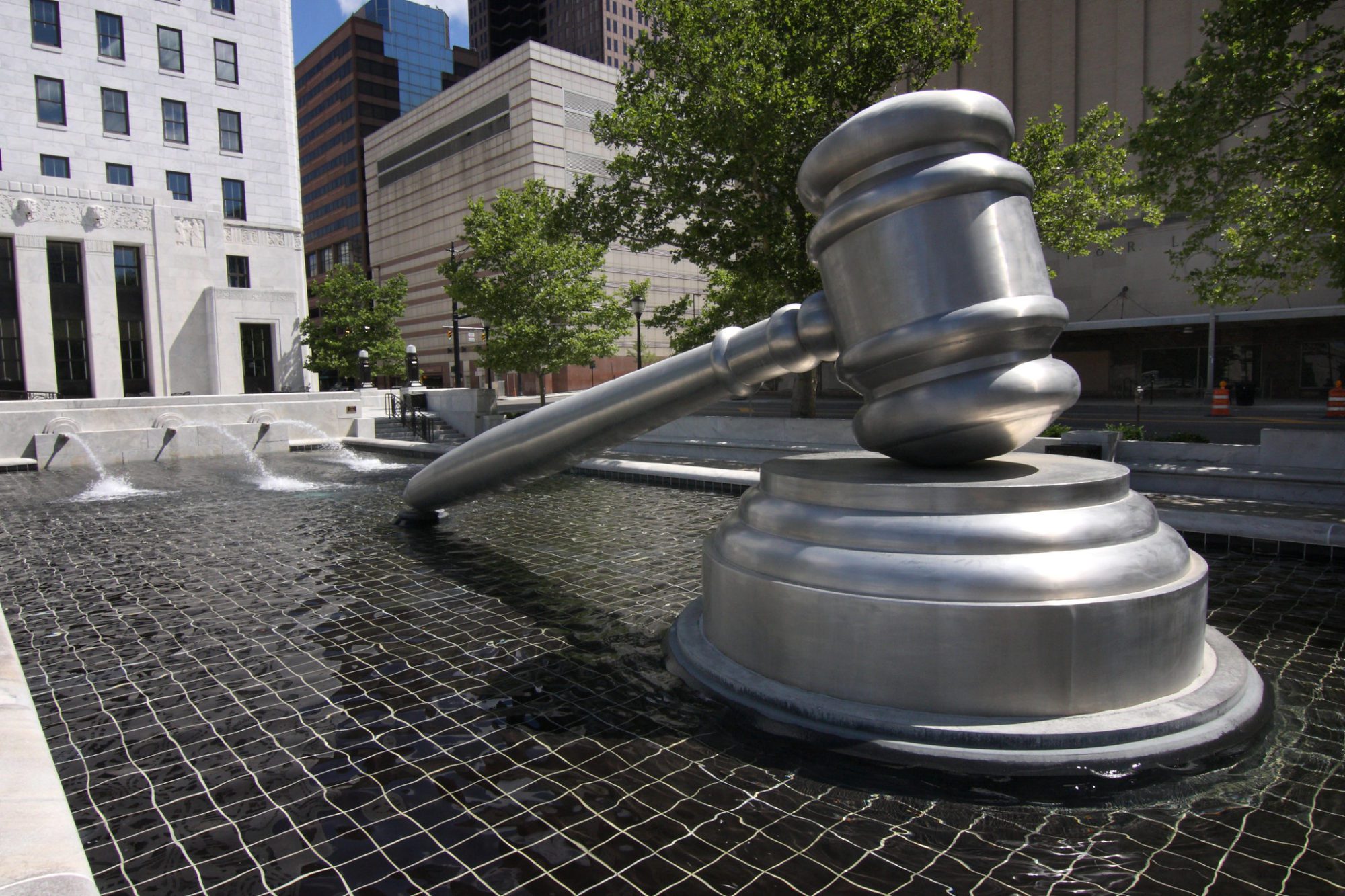
Ohio
Republicans swept all three supreme court seats on Ohio’s ballot, boosted by the state’s conservative lean. As a result, they will significantly increase their control over the court, from 4-3 to 6-1.
Two Democratic justices, Melody Stewart and Michael Donnelly, were defeated by large margins by Joe Deters, a Republican who is already on the court, and Megan Shanahan, a local judge. Republican Dan Hawkins, another local judge, won the third, open race.
These results add to the conservative takeover of Ohio’s supreme court two years ago, when Maureen O’Connor, a moderate Republican who had joined Democrats to strike down GOP gerrymanders, retired and was replaced by a more conservative Republican. The new bloc of GOP justices has been more united on major cases; most recently, they blessed a controversial maneuver by Republican officials to undermine redistricting reform.
Oregon
The court will retain its left-leaning majority: Five of its seven members, all justices appointed to the bench by Democratic governors, won new terms this fall after running unopposed.
Oklahoma
Conservatives cheered a startling victory in Oklahoma: Yvonne Kauger became the first justice in the state’s history to be ousted after losing an up-or-down retention vote. Kauger, who has been on this court since 1984, was dragged down by heavy spending from groups looking to push the bench to the right and she ultimately lost by less than one percent.
Two other justices, James Edmonson and Norma Gurich, survived the onslaught by very narrow margins. They, like Kauger, were appointed to the court by Democratic governors, and conservatives made the case that they were too liberal for the state, pointing for instance to a 5–to-4 ruling last year that affirmed a narrow right for a woman to access abortion when necessary to save her life. (Edmonson, Gurich, and Kauger were all in the majority of that decision.)
The power to appoint Kauger’s replacement now falls to Republican Governor Kevin Stitt, though his choice is restricted to a short list supplied by a nominating commission. The supreme court in recent years has repeatedly struck down priorities of Stitt’s, for instance his plan to privatize Medicaid, and the governor helped fund the campaign to oust the justices this fall.
South Dakota
Justice Scott Myren easily survived his first up-or-down retention election, with 80 percent of voters choosing to keep him. An appointee of Republican Governor Kristi Noem, Myren was the only justice to dissent from a ruling that invalidated a 2020 ballot measure legalizing marijuana, and described initiatives as “this bold experiment in citizen-led direct democracy.”
Tennessee
Dwight Tarwater was nominated to the supreme court last year by Republican Governor Bill Lee, cementing the court’s rightward shift, and he easily prevailed in his first up-or-down retention election, with roughly 72 percent of voters choosing to keep him on the bench.
Texas
Republican nominees continued their decades-old streak of winning statewide elections in Texas, sweeping all six elections for seats on the state’s two high courts. Justices Jane Bland, John Devine, and Jimmy Blacklock all secured new terms on the Texas supreme court, which recently upheld the state’s near-total abortion ban.
For the Texas Court of Criminal Appeals, the court that has the ultimate jurisdiction on criminal cases, three archconservative Republicans will join the court. They each ousted a GOP incumbent in the March primary, part of an effort by Attorney General Ken Paxton to seek revenge against the judges who limited his power to prosecute election crimes. “MAKE JUSTICE GREAT AGAIN!” Gina Parker, one of the winning judges who ran by touting Paxton and Trump’s support, posted on Facebook after her victory.
Utah
An overwhelming majority of Utahns voted to retain Chief Justice Matthew Durrant. This summer, Durrant and his colleagues angered Republican lawmakers when they issued a unanimous ruling curtailing the legislature’s ability to override citizen ballot initiatives. Lawmakers tried to put a constitutional amendment on the ballot to override that decision, but the court then voided that amendment, ruling that it used deceptive language.
Washington
Democrats dominated state elections in this blue state, sweeping all partisan statewide offices by double-digits. But the open race for state supreme court turned out to be exceedingly close, with just 0.8 percent separating candidates Sal Mungia and Dave Larson as of publication. This is a nonpartisan race, but Democratic leaders largely endorsed Mungia, while Larson, a local judge, said the state’s court system is too progressive.
Regardless, the court will retain a left-leaning majority. Two progressive justices, Steven González and Sheryl Gordon McCloud, secured new terms without facing any opponent.
West Virginia
Charles Trump, a Republican state senator who voted in favor of the state’s near-total ban on abortion in 2022, won a seat on the court this year without facing any opponent. He will join Justice Haley Bunn, who ran for reelection unopposed.
Wyoming
Justices John Flenn and Kate Fox, each originally selected for the court by a Republican governor, easily secured new terms.
Sign up and stay up-to-date
Support us
Bolts is a non-profit newsroom that relies on donations, and it takes resources to produce this work. If you appreciate our value, become a monthly donor or make a contribution.



